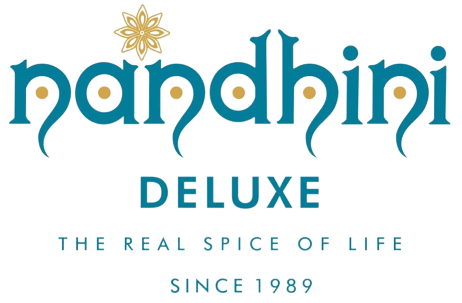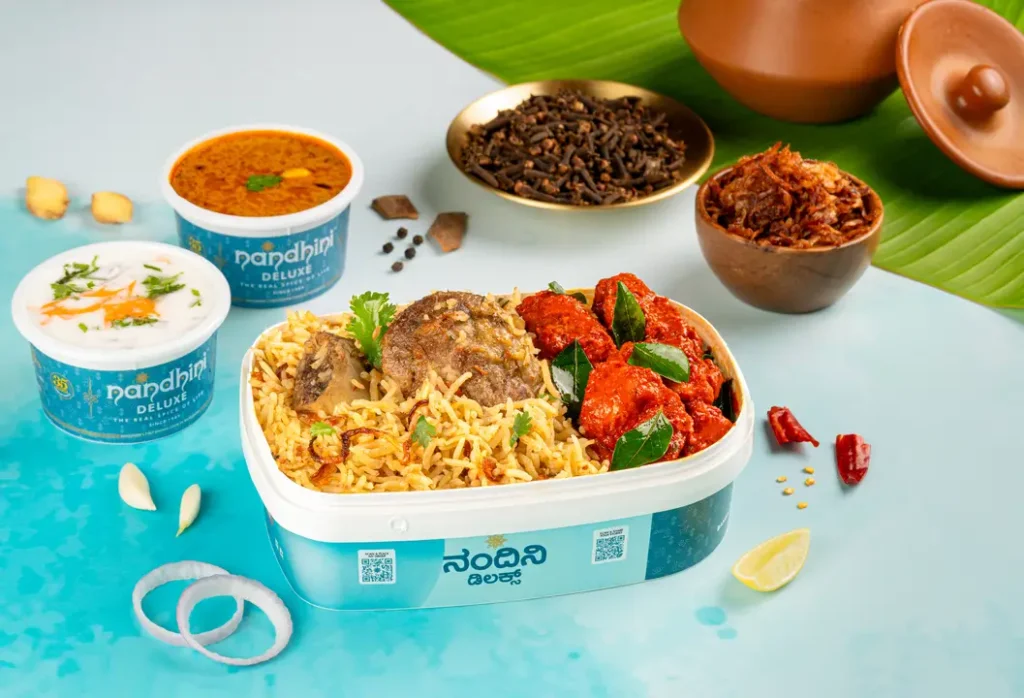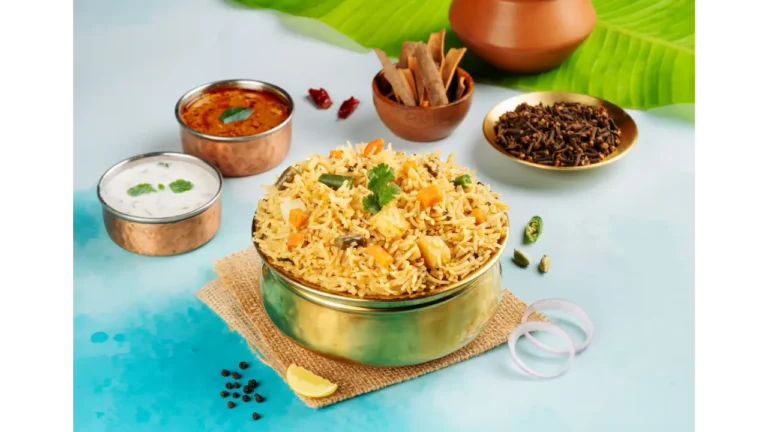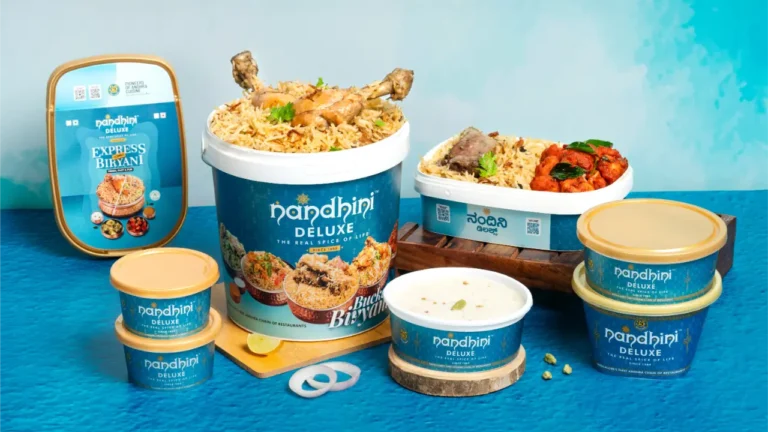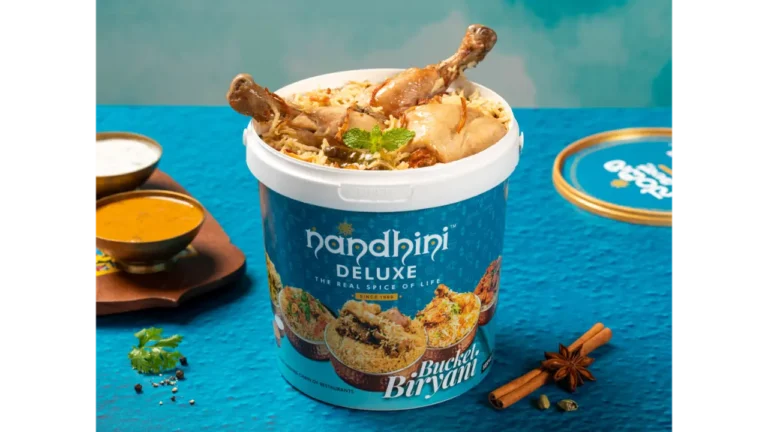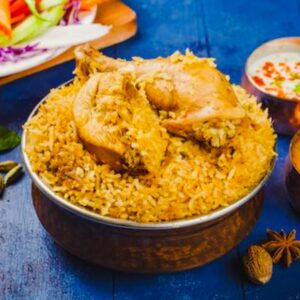Introduction
Guntur chilli powers Andhra cuisine with a profile that is hot, red, and highly expressive in oil. Its signature lies in backbone heat that grips the palate without muting aroma. In Bangalore, where delivery and dine-in habits blend, this chilli decides whether biryani reads punchy or perfumed, whether pulusu finishes bright or brooding, and whether a family pack satisfies mixed spice tolerances. The same cultivar changes character with form and handling. Whole pods bloom differently from fine powder. A paste carries more immediate sting than slow-simmered flakes. Sour agents like tamarind or gongura lower the perceived burn while keeping flavor intact.
Heat is not a single number. It unfolds as a burn arc that begins with tip-of-tongue prickle, moves to mid-palate warmth, then lingers as afterburn. Kitchen verbs control that arc. Blooming powder in hot oil unlocks color and volatile notes fast. Simmering in watery gravies extracts steadily and can taste rounder. Dairy, ghee, and coconut dampen sting by coating receptors, while acids like lemon and tamarind reframe heat into brightness.
For brand context, Nandhini Deluxe Restaurants sits at the center of this decision space. Signature Andhra dishes rely on calibrated Guntur levels and sides that modulate fire tactically. Raita, pachadi, boiled eggs, and curd rice act as levers for families, office groups, and late-night orders that need flavor intensity without fatigue.
TLDR
- Guntur chilli delivers backbone heat that responds strongly to oil bloom and souring agents.
- Heat should be chosen in bands, not absolutes, then adjusted with raita, ghee, or coconut.
- Form factor changes outcome. Whole, powder, flakes, and paste extract at different speeds.
- Andhra mains and sides at Nandhini can be configured with add-ons that temper heat without flattening flavor.
- For family packs, plan a raita ratio and a mild side to cover mixed tolerances.
Table of Contents
How hot is Guntur chilli and who should choose which level
Heat bands help diners and kitchens speak the same language. Light heat suits kid-forward plates, tiffin sides, and long meetings where palate fatigue must be low. Medium heat matches everyday Bangalore ordering for Andhra biryani, fry-piece chicken, and pulusu that need presence without sting. High heat targets chilli-led cravings, late dinners, or celebrations where spice is part of the ritual.
Practical dials make these bands actionable. For a 1 kilogram biryani batch, a light setting uses a restrained spoonful of powder and more whole aromatics so color rises while burn stays gentle. Medium settings split the dose between oil bloom and masala simmer, which yields a clear red tone and even warmth across the rice. High settings push a paste or fine powder into hot fat briefly, then lock the flavor with salt and acid so heat feels clean rather than harsh. Flakes can replace a portion of powder to extend the finish without adding chalky bitterness.
Pairing logic completes the banding. Raita ratio determines comfort in family trays. One standard cup satisfies medium heat for four plates. Extra cups bring the same tray down by a full notch. Ghee, coconut milk, or a mild curry on the side cools without blunting aroma. Lemon wedges lift heavy gravies and reduce the sense of heat on the finish. For elders or first-time Andhra diners, a light band plus curd rice creates a reliable entry point. For chilli regulars, a high band with boiled eggs adds richness that steadies the afterburn. Dispatch method matters. Delivery benefits from medium bands because sealed containers concentrate heat during transit, while dine-in tolerates higher bands since steam dissipates at the table.
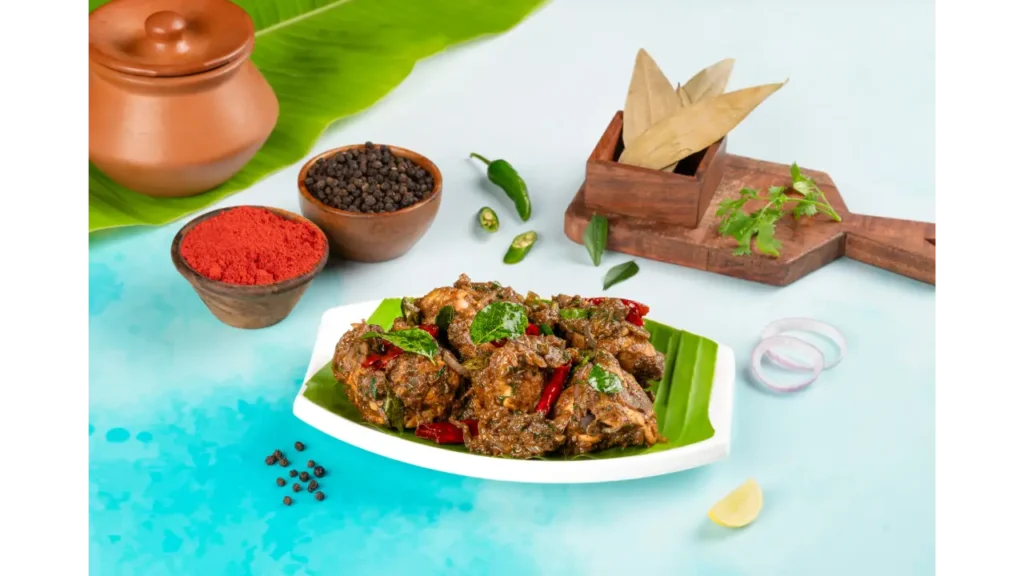
What defines Guntur chilli: cultivars, grades, and kitchen outcomes
Guntur is not a single experience but a family of cultivars and grades that lean hot, bright, and oil friendly. Teja is widely associated with assertive heat and a clean red tone that holds during frying. Grade numbers such as 334 and 273 often signal differences in pod size, skin thickness, and color yield. Thinner skins dry faster and release heat quickly in oil. Thicker pericarps favor color and a slower climb in perceived burn. These anatomical details show up on the plate as speed, linger, and hue.
Form chooses the outcome. Whole pods toasted briefly in oil scent the room and add a measured warmth to dals, pulusu, and temperings. Broken pods and flakes lend texture and a gentle late kick that rides on surface oil, useful for fry-piece mains where crisp edges meet chilli sheen. Fine powder saturates biryani masala evenly, painting each grain and creating a uniform bite. Paste made from soaked pods and a touch of vinegar or lemon extracts fast, ideal for marinades that must penetrate quickly before a hot sauté.
Fresh green Guntur delivers a different register. It plays bright and grassy with sharp attack, perfect for quick stir-fries and hotel-style Andhra bases that want immediacy. Dried red forms carry deeper sweetness and a longer finish suited to slow-simmered gravies and layered rice formats. Color stability depends on heat exposure and fat quality. Clean oil preserves scarlet tones and keeps bitterness at bay. Excessive toasting pushes pigments toward brown and shaves off top notes. In Bangalore restaurant service, the winning pattern is simple. Choose cultivar or grade for the target hue and heat speed, pick the form that matches the dish verb, then use acid or dairy to land the burn arc exactly where the table expects.
Heat science made usable for home and restaurants
Capsaicin perception hinges on dose, fat, acid, and time. Powder disperses capsaicin uniformly; whole pods release heat more slowly but perfume the oil. For biryani or a 1 kilogram rice-and-protein batch, light heat usually sits around ½ to ¾ teaspoon fine Guntur powder, split between oil bloom and masala simmer. Medium lands near 1 to 1¼ teaspoons with a 60:40 split (bloom:simmer). High moves to 1½ to 2 teaspoons, front-loaded into the bloom for a faster strike, then stabilized with salt and a small acid addition.
Oil bloom controls speed and color. Heat neutral oil until it shimmers, then add powder or paste for 15 to 25 seconds until the fat tints bright red. A caramel-brown shift or smoke hints at pigment breakdown and bitterness. For gravies, a water extraction path works: simmer powder in the liquid base for 8 to 12 minutes so heat rounds out and integrates. Blends that include flakes extend the finish without chalkiness, useful when a dish needs warmth that lingers rather than spikes.
The burn arc can be engineered. Early salting sharpens perception, while late salting smooths edges. Acids such as tamarind, lemon, or tomato nudge heat toward brightness; dairy and ghee cushion receptors and shorten afterburn. Resting the pot for five minutes before plating levels the curve further, especially in sealed delivery trays where steam keeps extraction active post-cook.
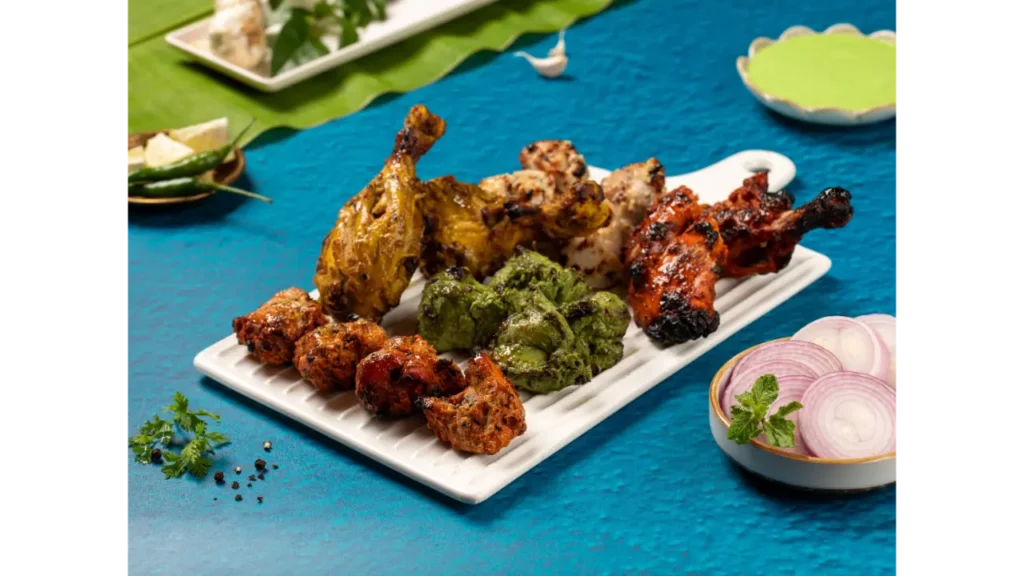
Andhra dish matrix for Bangalore diners
Biryani and fry-piece mains reward accurate adhesion. Fine powder in the biryani masala paints grains evenly; a finishing sprinkle of flakes adds a clean, late lift. For fry-piece chicken or mutton, a paste seared briefly in fat creates a glossy coat that tolerates transit. Raita ratio sets comfort: one standard cup steadies medium heat across four plates; two cups push the same tray into a gentle band without flattening aroma. Boiled eggs extend portions and buffer afterburn with added richness.
Pulusu, pachadi, and gongura gravies depend on acidity to reframe heat. Tamarind pulls capsaicin into balance, while gongura’s sorrel tang offers a deeper, winey sourness. In pulusu, simmer-time determines roundness: shorter simmer keeps a sharper edge; longer simmer mellows sting and deepens color. Pachadi works as a high-contrast side, so smaller chilli doses keep it bright rather than aggressive.
Tiffin sides and podi deliver compact heat. Idli and dosa carry dry spice well; a Guntur-forward podi mixed with ghee sticks to surfaces and releases warmth with each bite. Upma and curd rice accept low doses that read as savory rather than fiery. For kid-safe plates, a half-dose in the podi and a larger ghee ratio soften the impact while preserving fragrance.
Practical assembly notes tie it together. Pair high-heat mains with curd rice or extra raita when serving mixed groups. Join medium-heat biryani with a mild curry to extend the meal without raising burn. Save high-acid gravies for tables that enjoy brightness. With this matrix, heat selection becomes predictable, plating feels intentional, and Bangalore delivery habits fit neatly into the Andhra flavor system.
Ordering in Bangalore: Nandhini reference map
Nandhini Deluxe Restaurants aligns dish design with calibrated Guntur levels and side ecology that travels well. Signature Andhra biryanis present a clear chilli line that reads bright on the first spoon and steady through the finish. Fry-piece variants carry a lacquered surface heat that survives long routes without turning greasy. Pulusu and gongura gravies balance capsaicin with souring agents so the palate resets between bites. For tiffin-style orders, podi and ghee packets arrive portioned to avoid overdosing during late-night or office settings.
Family pack strategies reduce guesswork. A standard biryani tray paired with two cups of raita and optional boiled eggs suits four plates at a medium band. For mixed spice tolerance, adding curd rice or a mild veg curry drops perceived heat a notch while maintaining Andhra identity. Groups preferring higher intensity can request an extra chilli paste portion on the side and keep raita at baseline to preserve the intended burn arc.
Logistics shape comfort. Pickup from the nearest branch shortens handoff time and protects grain separation, especially during rain or festival traffic. Delivery remains dependable when trays are sealed with anti-spill lids and raita rides in a separate cold bag to avoid steam dilution. Clear billing separates item price, packaging charge, and applicable platform or delivery fees, which helps planners match budget to occasion.
FAQs
How hot is Guntur chilli compared with Byadgi or Kashmiri?
Guntur delivers higher backbone heat with strong oil response. Byadgi and Kashmiri skew color-first with gentler burn.
Which form of Guntur gives the fastest heat?
Paste or fine powder bloomed in hot oil extracts quickest, creating a rapid strike and vivid red tone.
How can a family pack biryani be tempered without losing character?
Increase the raita ratio, add curd rice, or include boiled eggs. These buffers cool perception while keeping aroma intact.
When do acids work better than dairy to manage heat?
Tamarind or lemon suits pulusu and gongura gravies where bright finish is desired. Dairy fits biryani and fry-piece mains to soften afterburn.
What storage method preserves both color and heat longest?
Keep whole pods in light-proof, airtight containers; grind small batches as needed. For pastes, use clean oil seals and chill to slow oxidation.
Conclusion
Guntur chilli functions as the heat backbone of Andhra cuisine, yet its impact depends on cultivar, form, and kitchen verbs. Teja and related grades bring fast, clear burn; whole pods, flakes, powder, and paste unlock different arcs of sting, warmth, and linger. Oil bloom accelerates extraction and color; water-based simmering rounds edges for gravies. Acids such as tamarind or gongura shift heat into brightness, while dairy and ghee shorten the finish without erasing aroma. For Bangalore dining, this translates into predictable choices: medium bands suit delivery, high bands reward dine-in, and light bands paired with raita or curd rice create kid-safe plates.
Nandhini Deluxe Restaurants anchors these decisions with calibrated Guntur levels across biryani, fry-piece mains, pulusu, and tiffin sides. Family pack planning becomes mechanical: pick a heat band, set a raita ratio, choose a mild companion dish if needed, and select pickup or delivery based on distance and weather. When heat is treated as a set of levers rather than a fixed trait, Andhra flavors travel cleanly, arrive consistently, and match the comfort targets of mixed tables across the city.
